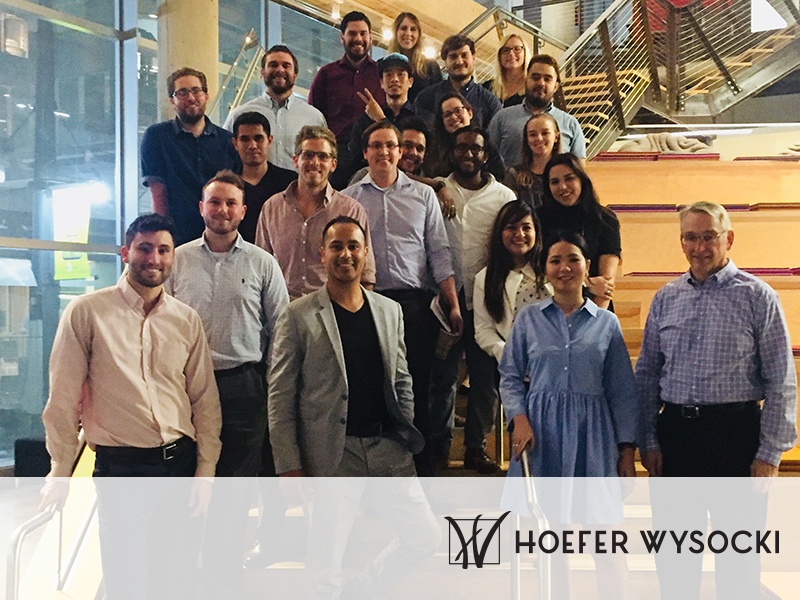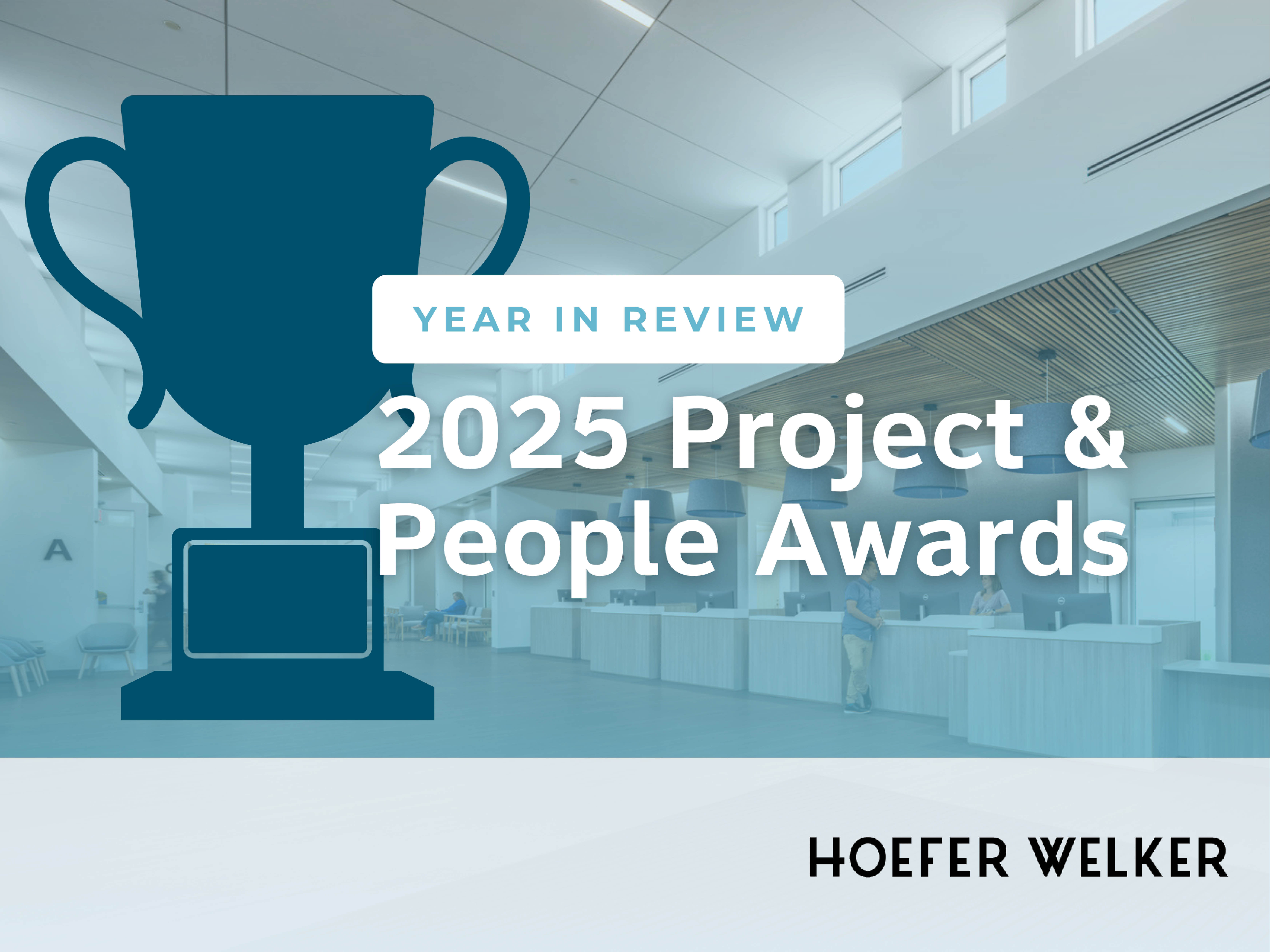Modular and Prefabricated Design Part I: The New Mainstream for Health Systems
A recent HCO News article highlights how modular and prefabricated design is becoming a mainstream solution for healthcare systems facing rising...


Contributed by: Clemente Jaquez, AIA, LEED AP, Design Director | Dallas Studio
Editor’s Note: Rising Stars is an ongoing blog series featuring our emerging professionals’ experiences and adventures as they make their mark in the industry.
Final plots just came off the printer and students are rapidly coordinating their pin-up drawings. Angst about who will present first grips the students, who are about to journey into a juried presentation of their hard work. Welcome to the reality of the studio crit – a rite of passage for architecture students.
It’s a true privilege to be part of juried presentation – student participants, and by extension their professors, are subjecting themselves to what is essentially a reality check and another’s personal opinion.
As jurors, aside from mentoring those about to join our ranks, our most important contribution is to share a thoughtful balance of observation and critical assessment with constructive feedback and positive guidance. Should you find yourself invited to judge a studio crit, here are five considerations:
Presentations often range from the extremely creative to the uber-practical and perfunctory projects. As a juror, you have to embrace a careful balance between helping a student advance their personal ideas and ambitions without clouding them with your own bias and point of view. Design education is about exploration and growth.
As a juror, I often ask myself the following questions: “Is the student exploring their full potential?” and “Does this project add any value to society?” Conversation will surely ensue from these thoughts.
Every now and then there is one, or maybe a few projects that look a little too much like the latest issue of Architect Magazine, or the latest blog post from archdaily. This is a defining moment as a juror, where you can call out the student for what is essentially plagiarism or take the higher road: identify the project they were trying to mimic, discuss the positive aspects of that design, and help the student understand the difference between referencing a project and downright copying architecture.
Nothing is impossible – at least that’s what we often tell our clients, so why not allow students to explore the possibilities? Opportunities to challenge conventional ideas should be embraced, even if it ends up in an obvious failure. We often have to look past the resultant product and better understand the intent and origination of the idea. After all, we pride ourselves on being design thinkers.
A strong and relevant concept is the hidden gem of all architectural pursuits; it is the driving idea behind every project. The concept may result from an inspirational moment that directly or indirectly drives what a project becomes. This can be as cliché as a project mimicking the wave-like formations of a water drop, and therefore implementing circular-like patterns to organize spaces. As a juror we are charged with embedding a deeper level of significance and understanding. For example, a wave pattern can be used to describe how an origination point can establish a strong pattern of geometries that dissipate as the function and engagement become less intense. Identifying an applied theme versus a driving concept is key to a successful project.
Ultimately, the work we create is the culmination of many hours of research, exploration and hard work. The way we verbally and graphically communicate our ideas can make a good project even more successful; on the other hand, a polished presentation can also make a good start for a struggling idea.
We must paint an aspiring idea in the minds of our listeners and support those ambitions through drawings and graphics that are compelling and directly relate to our message. There is magic in architecture, and a lot of what we present relies heavily on sound principles of image composition, proper line-weight, and the fundamentals of scale, proportion and rhythm.
The studio environment can be quite grueling and sometimes a very confusing, meandering path to enlightenment. When presented with the opportunity to comment, I would opt to find ways to raise the conversation on design quality, thoughtful exploration and impactful value to society … and along the way don’t forget to keep it light and have fun – after all, architecture is very much about human dynamics.

A recent HCO News article highlights how modular and prefabricated design is becoming a mainstream solution for healthcare systems facing rising...

2025 brought a number of recognitions for our work, our people, and our growth as a firm. From project awards to individual honors and business...

Mara Sabatini, Vice President and Senior Project Manager, was recently featured in BD+C’s article, Leadership in Practice: How 40 Under 40 Alumni...